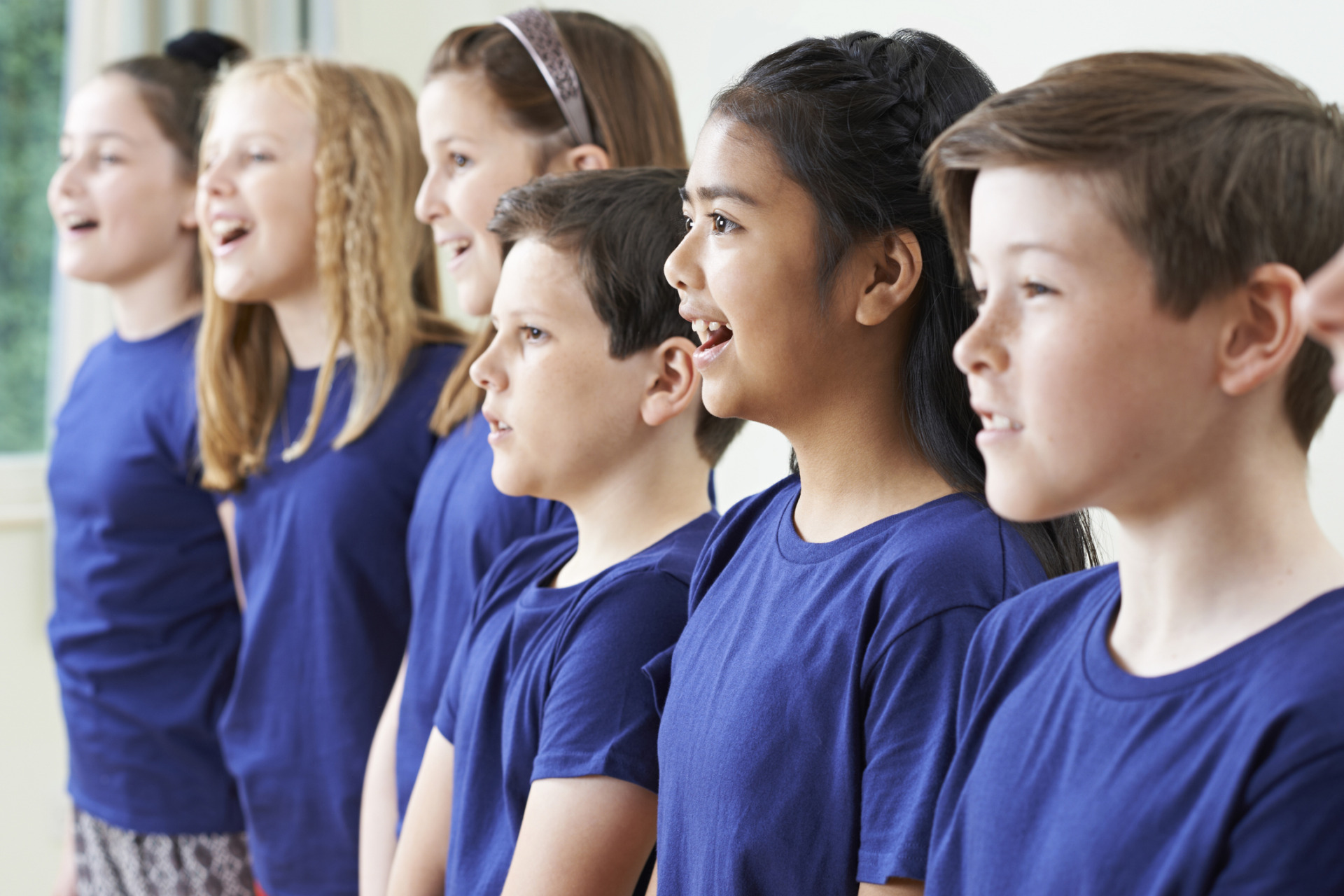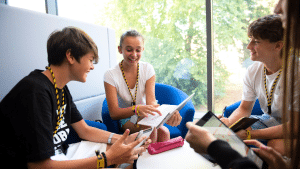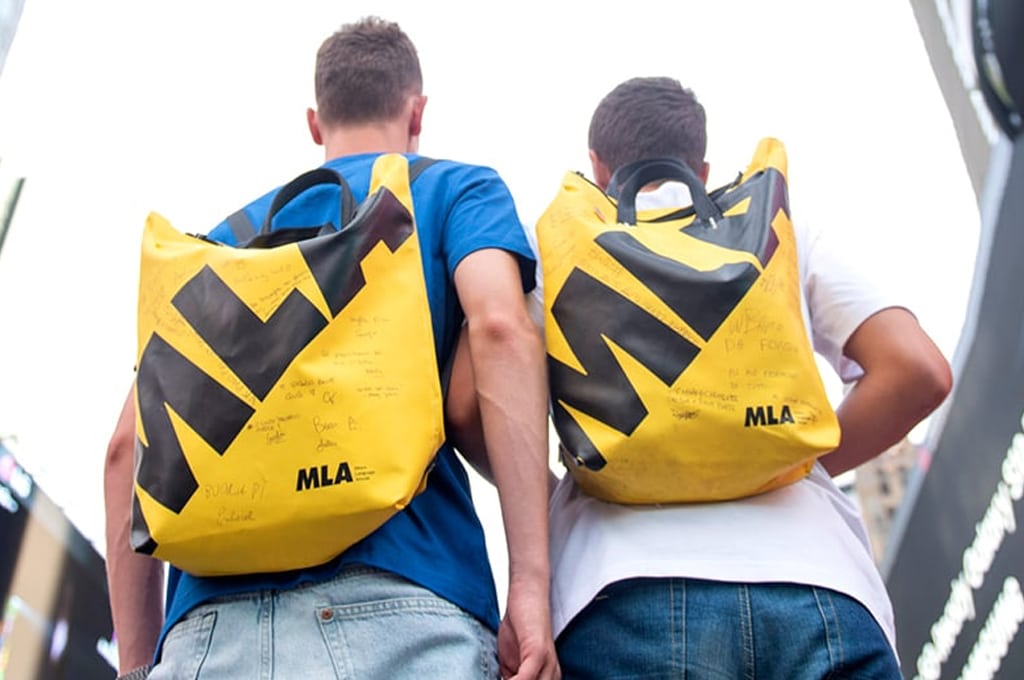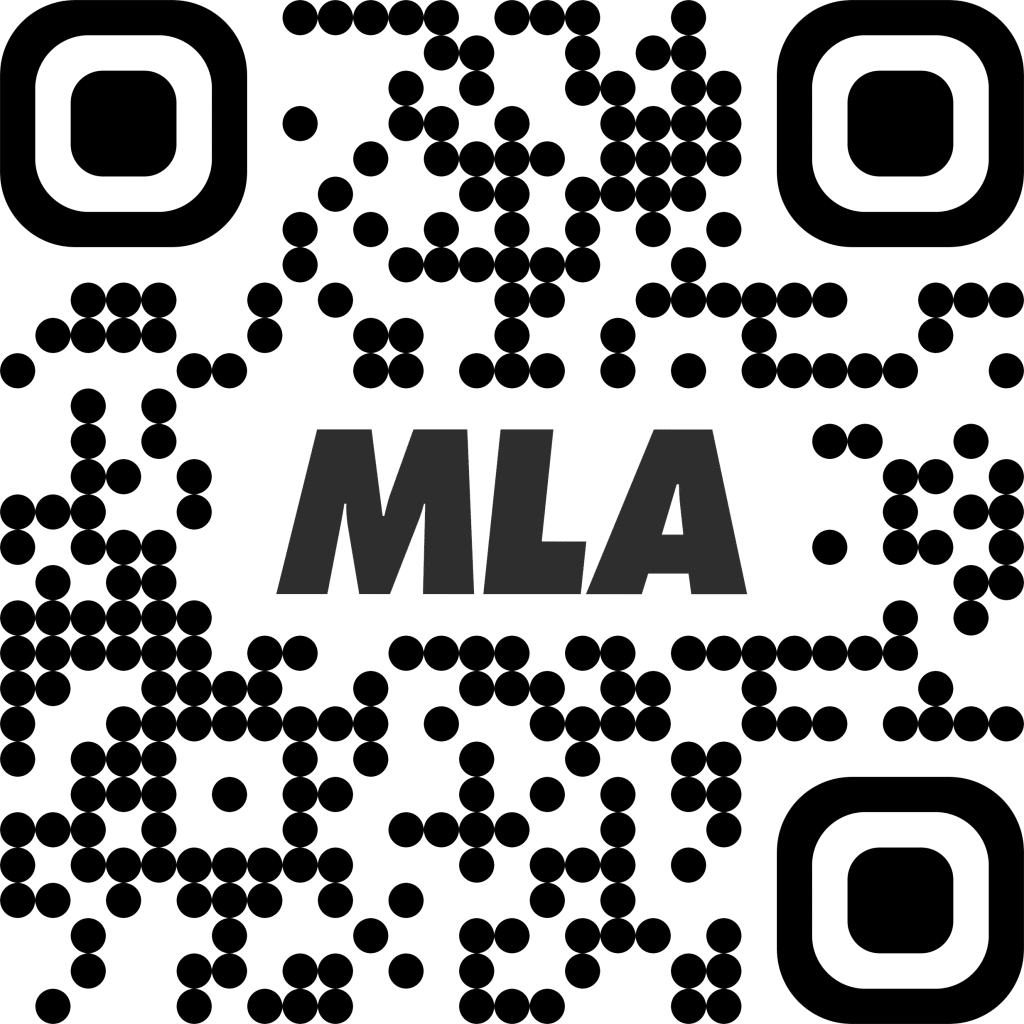Vi proponiamo un intervento dell’esperto Peter Dyer, che sarà con noi anche durante le nostre Training Session “Drama Techniques for Creative English Teaching”, in collaborazione con Pilgrims.
Improvisation is the unplanned, the unrehearsed, the unexpected and most frightening of all for many of us, we cannot determine where improvisation will take us. I say frightening because it is the unpredictable which can be a dangerous road to tread, at first introduction. At the same time, given an understanding of improvisation and using it with care and consideration, we can use it to not only develop and enhance communication with our students but we can use improvisation to improve student self confidence and communication skills.
Improvisation starts with very simple activities aimed at introducing our students into releasing their inner imagination and creativity. The moment we begin with these activities, students become aware of the importance of others and their contributions in all forms of communication. We learn to appreciate each other, share ideas and take risks into the unknown. Students given very simple regulations to follow in physical and verbal activities learn that their imaginative and creative input is valuable to all interaction, to carry forward ideas into developing communication and story creation.

Students discover that they need not be experts in any particular subject; they learn that they do not have to prove how intelligent or creative they are. The creativity comes from the immediate, from learning to be spontaneous and learning to be responsive to other student’s input while taking part in the many activities that improvisation provides.
Once students begin to understand what improvisation means, they are able to participate in active, sharing and spontaneous conversations, developing ideas and taking conversations and stories into areas they cannot control or predict. There is a great deal of liberty in using improvisation. The removal of expectation, the removal of preconceived ideas is extremely liberating and frees the players to explore and enjoy the contributions each student makes. As a result, there is much laughter and joy in the world of improvisation.
Improvisation in the language classroom is, I believe, an extremely valuable tool to encourage our students not only to build their confidence but to use the language they are learning in active and meaning full ways. Grammatical errors may be made as students participate in active speaking but it is the freedom provided by the simple rules in improvisation which allow the student to become more fluent and spontaneous, building confidence in the use of the new language and developing listening skills. All of the speaking activities I have developed and borrowed from a number of sources, particularly from Keith Johnstone,” Impro” and” Impro for Storytellers”, can be used also to encourage creative writing in the classroom. The results of both verbal and written activities can be astounding and students delight in the creativity of their peers and their own active imaginations. Activities range from the very simple to more complicated and demanding and can be used in parallel with language acquisition.

Improvisation can go beyond simply speaking activities but should be used to encourage students to use their bodies, to release gesture and to use all forms of communication. Some activities can take time and may require more room in order for students to participate more freely however, language teachers may have neither the time or space there are happily so many activities which can be introduced requiring little time and space but can be used to appeal to all learners. Moreover, very little preparation is required for most exercises. More complex improvisations do take more time and indeed preparation based on simple ideas. Here students are encouraged to work together to solve problems and develop scene work in a co-operative environment. Here all communication skills are put to good use and the rewards in developing language speaking skills, listening skills, storytelling, risk taking and sharing are incalculable.
The improvisation workshops will appeal to teachers of all ages and different levels and although we will spend little time in these introductory workshops, it is my hope that the short time we have will spark interest in improvisation and it is my further hope that teachers may take these ideas and utilise and adapt them for the language classroom.
PETER DYER
Peter has been a drama practitioner for over 40 years. He began his career as an actor in Australia working on TV, radio,film and his great love, theatre. Peter has tutored and continues to coach actors in theatre skills and has worked extensively on theatre of the grotesque. He is a trained drama teacher and has worked in a number of primary and secondary schools in Australia and England. Peter is an English language teacher who is currently working in Paris with large French corporations using drama and improvisation techniques to run workshops. He manages to work in Australia as a teacher trainer and working with students preparing to enter Australian universities. He has worked for the Pilgrims organisation since 1993 and has taught Drama and English to young adults, adults and now specialises in teacher training. He continues to work with young actors in Paris and is currently writing a book on the use of Drama and Improvisation in the language classroom and corporate coaching.









